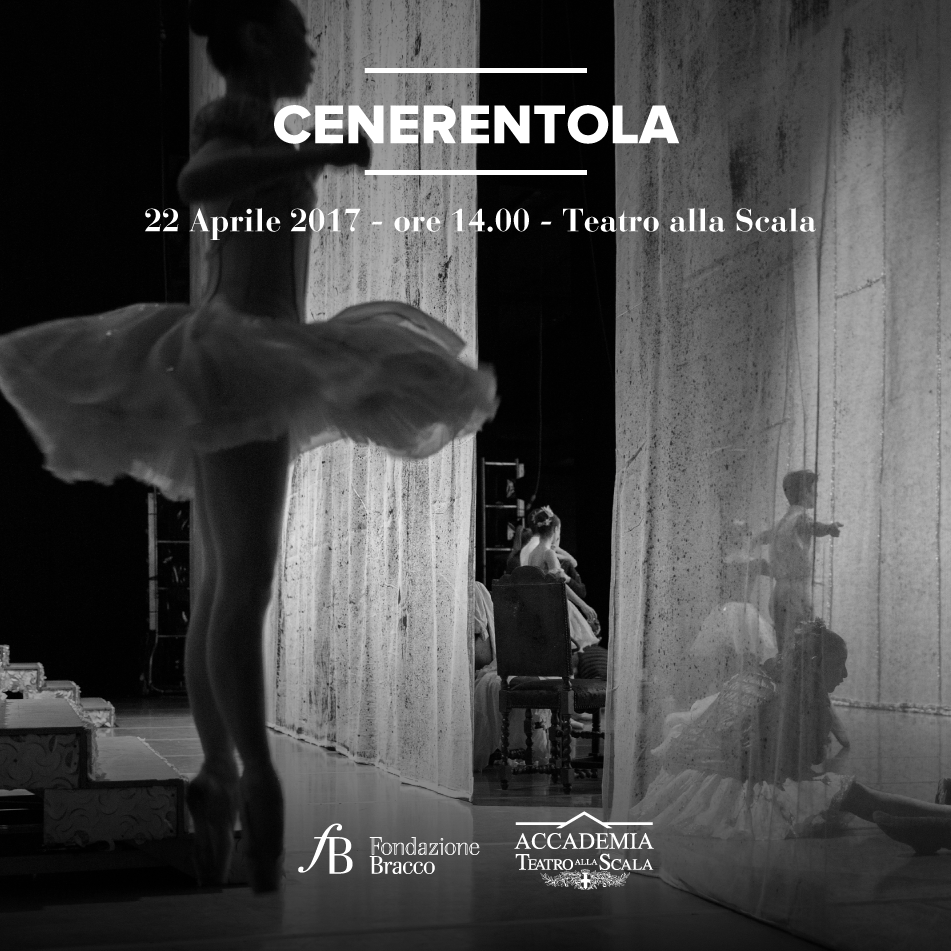Production of the ballet “Cinderella”
- Home
- Our projects
- Production of the ballet “Cinderella”
2015 - 2016 - 2017 - 2018 - 2019 - 2022
In 2015, Fondazione Bracco produced Cinderella, a new ballet that borrows its famous title from the dance repertoire of Scuola di Ballo di Accademia Teatro alla Scala (the Academy’s ballet school). The production was based on music by Sergei Prokofiev, with choreography by the Director of the School of Ballet, Frédéric Olivieri. The show opened the season of Piccolo Teatro, and was part of the 2015 “Expo in Città” programme of events. The show then went on the road and was staged in many theatres in Italy and abroad.
Working as costumiers, set designers, wig makers, make-up artists, hairdressers and photographers, current and former students from all the departments of Accademia Teatro alla Scala contributed in their various capacities to the staging of the ballet.
Diana Bracco, Chair of Fondazione Bracco, a Founding Member and sponsor of the Academy since 2012, explained that the intention was to “promote cultural growth and give young people a chance to develop their talents, which fits in perfectly with the mission of the Foundation, which is to nurture cultural learning and promote and disseminate expressions of culture, science and art, also with a view to enhancing the quality of life and social cohesion.”
Since the 19th century, countless versions of this work, inspired by Perrault's fairy tale, have been based on various musical scores. Frédéric Olivieri chose the score by Prokofiev and the libretto by Nicolai Volkov, from 1941-1944. The fairy-tale and romantic style of these versions was well suited to the young age of the performers.
The score reflects the dance tradition of the time, which involved a miscellany of classical and popular dances, pas de deux, variations, waltzes and mazurkas.
The personality of each character is expressed through musical motives that follow the events of the story. Cinderella is thus accompanied and defined by three different musical motives, one that emphasizes her sense of oppression and loneliness, a second that is expressive of her hope for a brighter future, and a third that represents her falling in love and achieving spiritual peace and joy.
A curiosity: in homage to the food-based theme of the Universal Exposition, which was the main event in Milan in 2015, the students used images of fruits and vegetables to compose a human face in a style reminiscent of one of the most famous works by the painter Arcimboldo.


MEDIA GALLERY
Il balletto Cenerentola sul palcoscenico e dietro le quinte
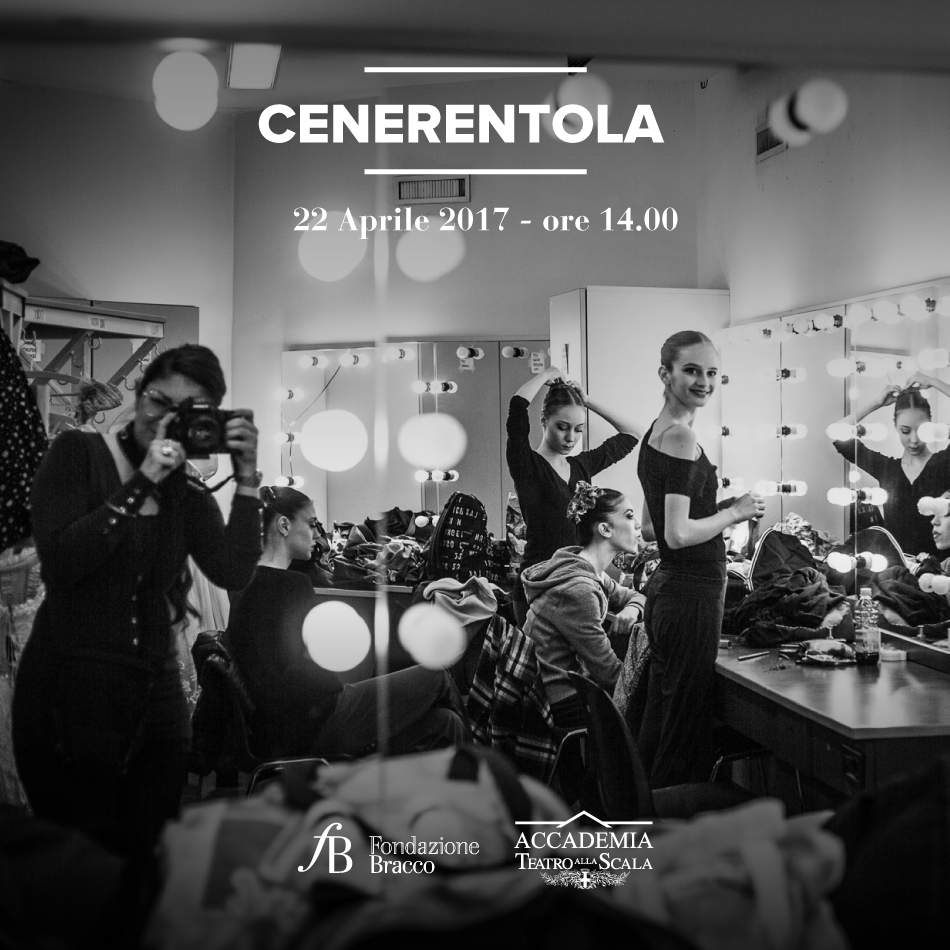
Il balletto Cenerentola sul palcoscenico e dietro le quinte
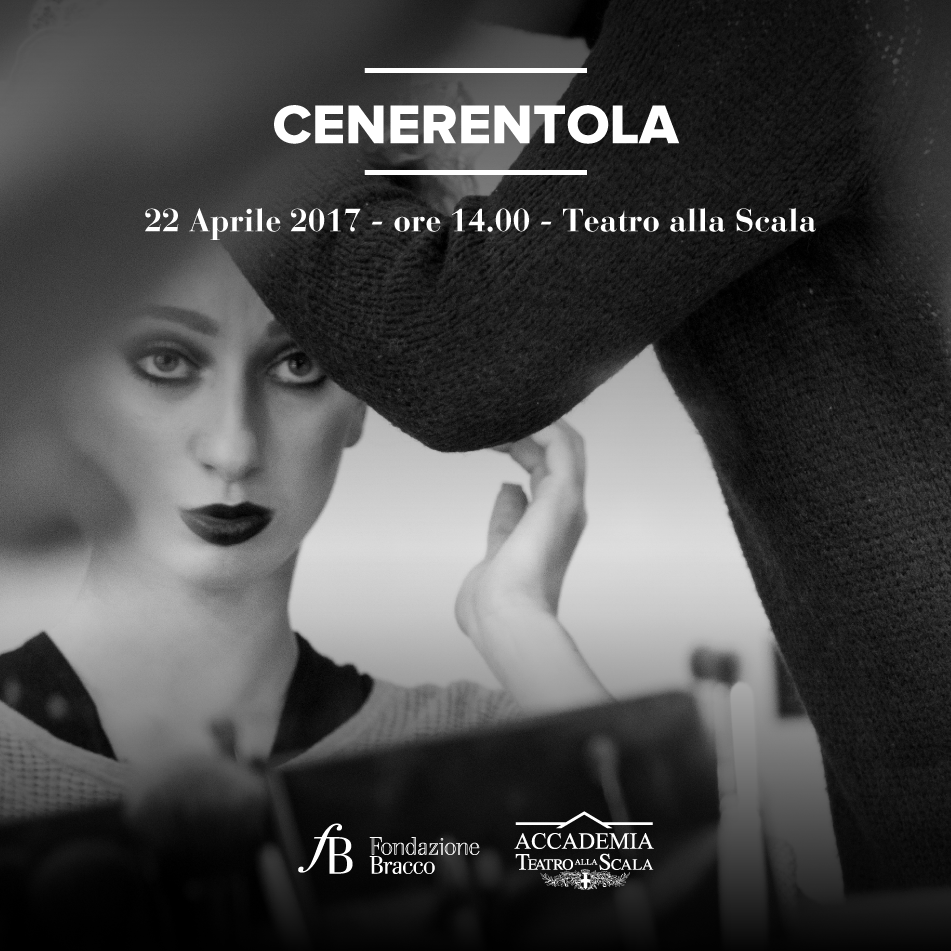
Il balletto Cenerentola sul palcoscenico e dietro le quinte
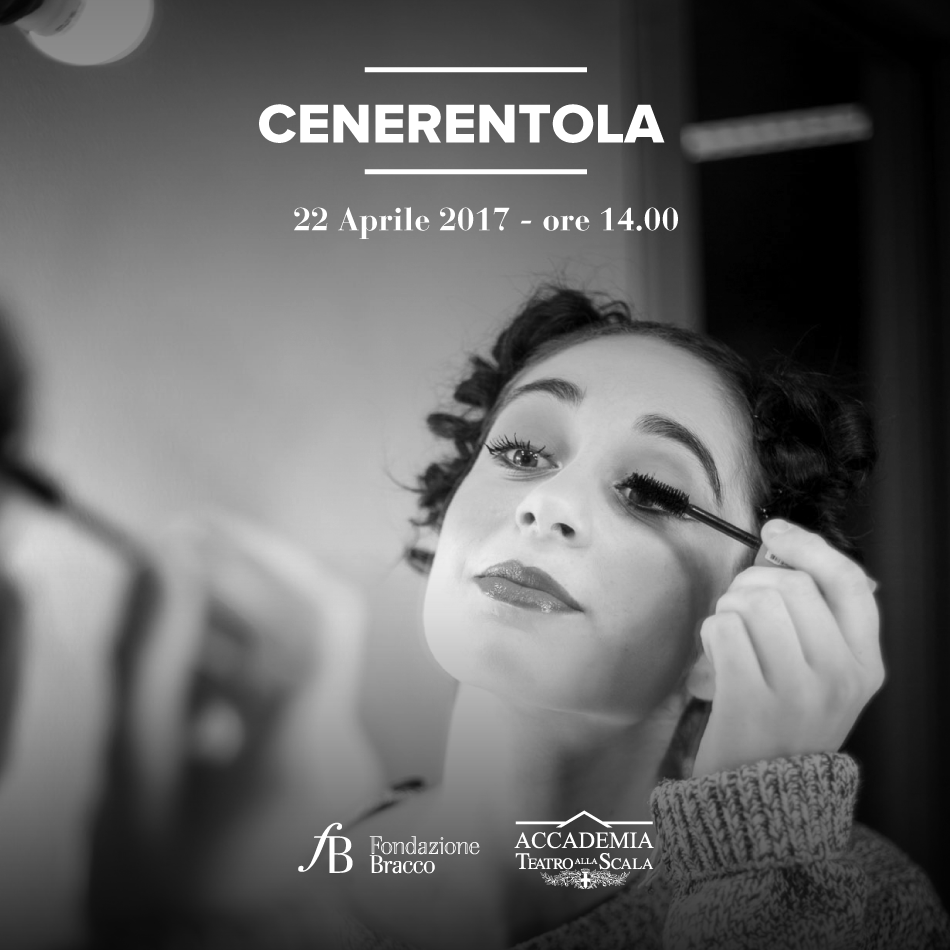
Il balletto Cenerentola sul palcoscenico e dietro le quinte
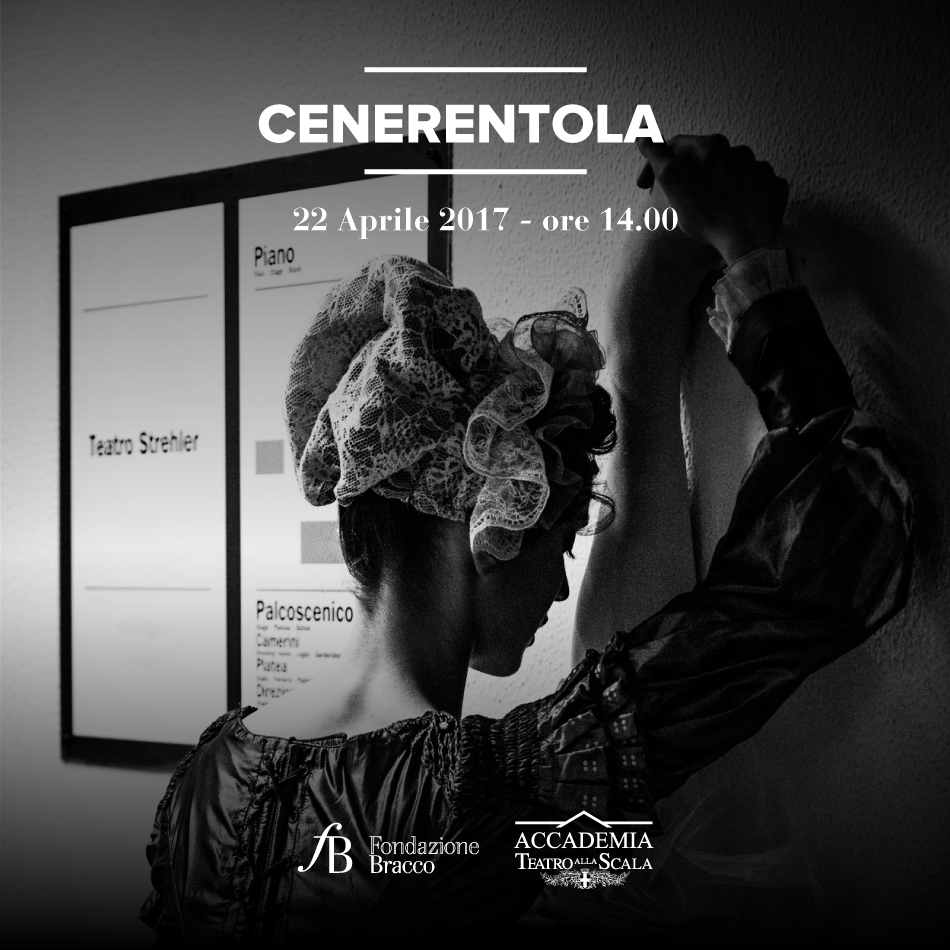
Il balletto Cenerentola sul palcoscenico e dietro le quinte
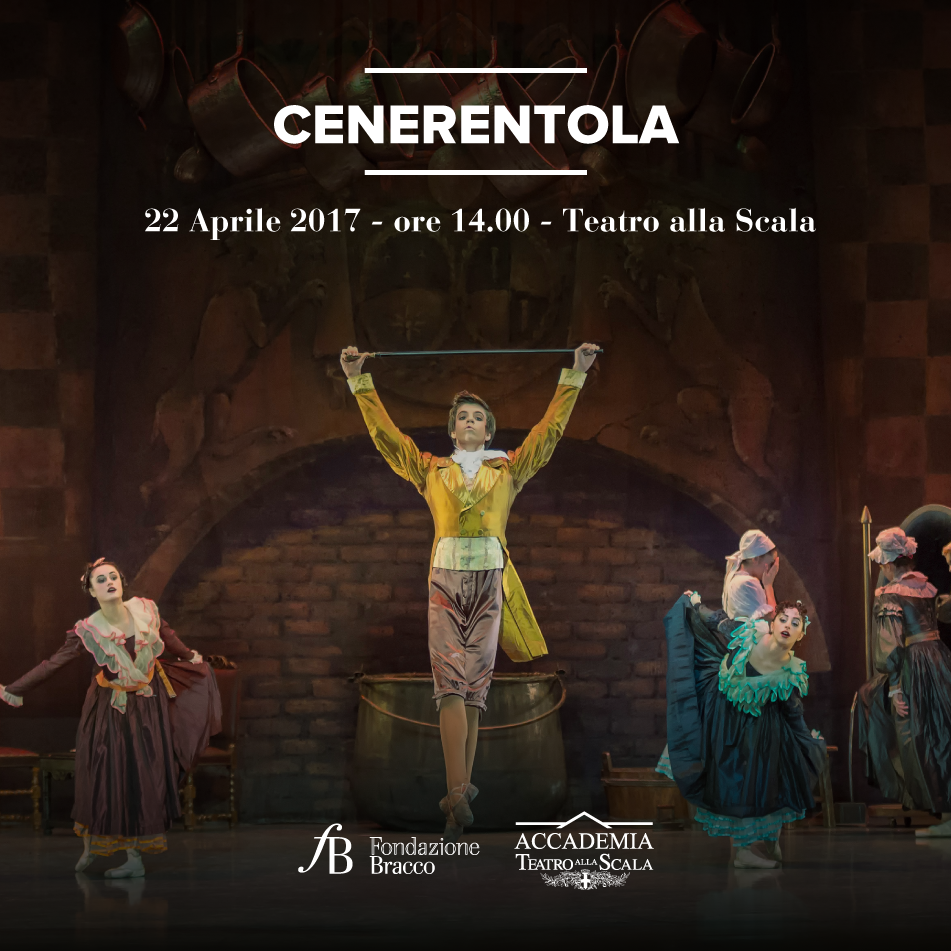
Il balletto Cenerentola sul palcoscenico e dietro le quinte
